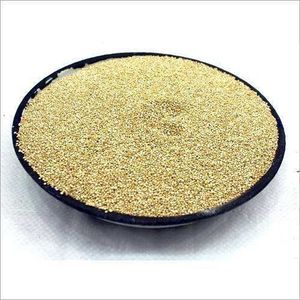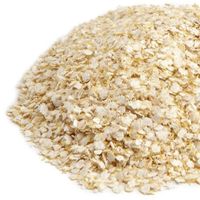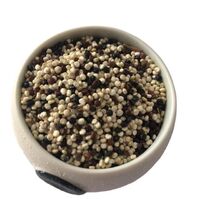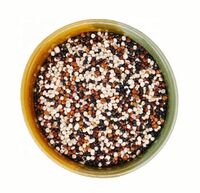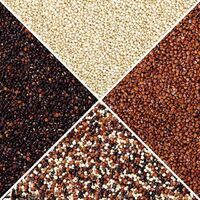Bulk Organic Quinoa
- $1.50 /kilogram
- 1 kilogram
- MARUDHAR IMPEX
- Gujarat, India
- Mr Sneh Shah
| model: | MI-QS-001 | Certification: | USDA |
| style: | fresh | brand: | Rajmoti |
| Delivery Details: | For small quantities in stock, for large quantities 7-9 days | purity: | 99.95 % minimum |
| payment terms: | L/C,D/P,T/T,Western Union | Cultivation type: | Common |
| color: | white | type: | Quinoa |
| type: | white quinoa | Package: | polypropylene bag |
| grade: | Clean | damage rate(%): | 0.05% |
| maximum. Moisture (%): | 10% | Dimensions (mm): | 1.2 mm |
| Supply capacity: | 10000 kg per month | place of origin; place of origin: | Rajasthan, India |
| Packaging Details: | Bulk (25kg bags); Custom Packaging with Private Label - Stand Up Pouches with Food Grade Ziplock Bags (100g, 200g, 250g, 500g, 1000g) | Organic Quinoa: | white |
| port: | Mondra |
Premium Quinoa/Quercetin/Kaempferol Price
Scientific name:Quinoa
Use part:seed
Origin and distribution:
It has been planted in the 2016 crop in Rajashtan (India). This culture, like the potato, was one of the staple foods of many ancient Andean peoples.
Puno Peru
characteristic:
- It is important to emphasize that it is higher in protein than wheat and corn. Depending on the type of quinoa, it can contain up to 23 percent of this nutrient. Its protein is intact, which means it has high biological value.
- Unlike other seeds, it is rich in amino acids such as lysine (important for normal brain development), arginine and histidine, which are essential substances for children's growth. Also, it is a high source of methionine and cystine.
- Eating quinoa is essential for all vegetarians because it provides complete protein without the need to supplement any other food.
- Fat content also varies, although up to 9%, highlighting linoleic acid. This is an essential polyunsaturated fatty acid belonging to the class of omega 6 acids, a precursor to several important cellular mediators that are essential for the normal function and stability of our body's cell membranes, the development of the nervous system, and the hormonal regulation of blood coagulation.
- Quinoa is highly digestible and gluten-free, making it a useful tool for those with celiac disease or gluten intolerance.
- It has a very low glycemic index and does not raise blood sugar after ingestion, making it ideal for diabetics (still in moderation).
- Contains minerals such as iron, magnesium, calcium and phosphorus, as well as vitamins (C, E, B1, B2 and niacin). It is also an excellent source of soluble and insoluble fiber.
work:
It has a special balance of protein, fat, oil and starch. High in protein, the embryo is a large part of the seed. Grain protein averages 16%, but can contain as much as 23% protein, more than twice as much as any other grain. In addition, protein is close to the human nutrition percentage specified by the FAO. Quinoa protein is high in amino acids, lysine, methionine and cistina. The seeds contain 58% to 68% starch and 5% sugar, and although the starch granules are small, they contain about 20% amylose and form a gel at 55 to 65°C. The fat content is 4 to 9%, half of which contains linoleic acid, which is essential to the human diet. Contains high levels of calcium and phosphorus.

